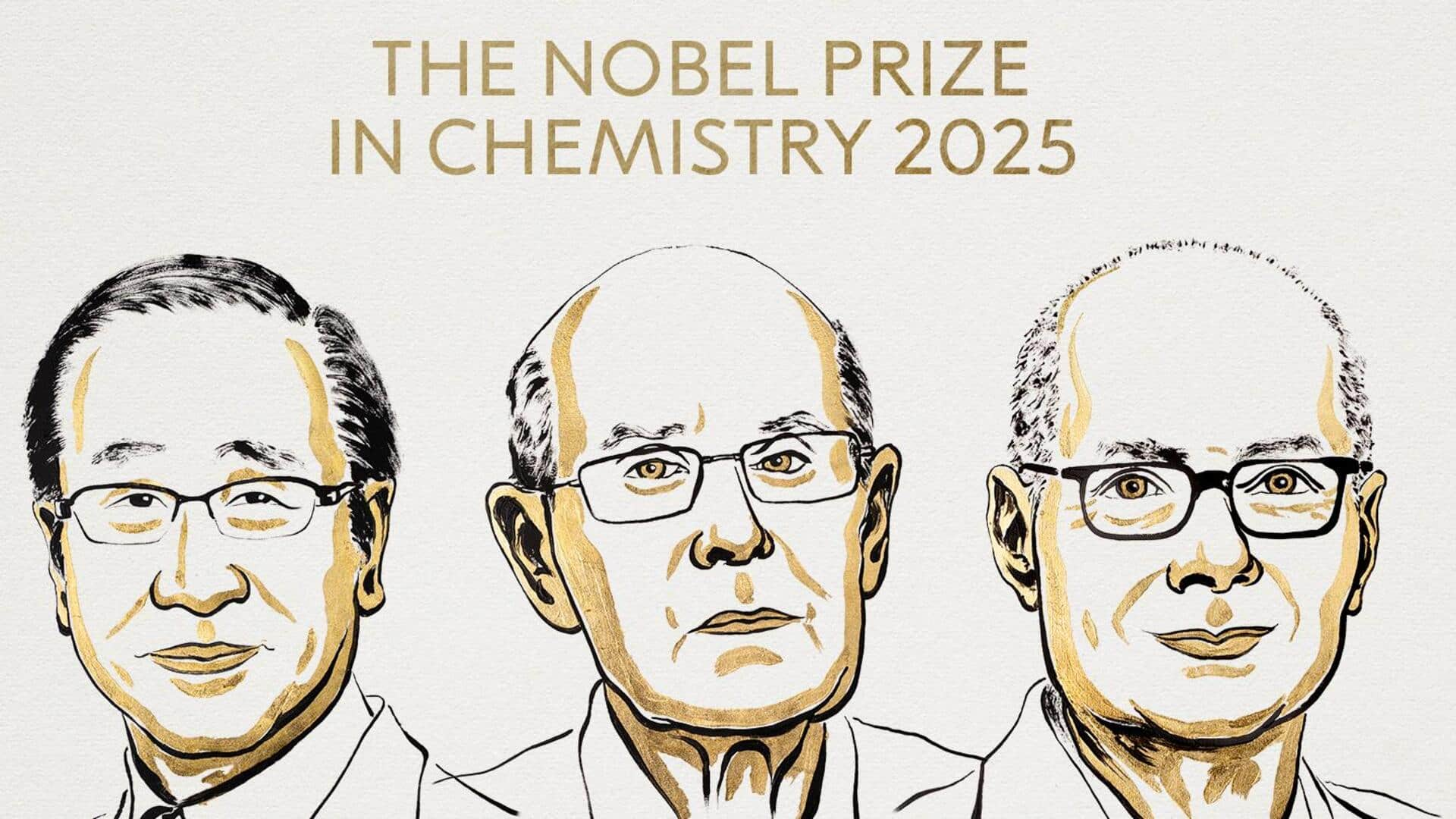MOFs: A New Era
Metal-Organic Frameworks (MOFs) are fascinating crystalline materials that have gained significant attention in the scientific community. MOFs are created
by linking metal ions or clusters with organic ligands, resulting in a porous structure. This unique structural configuration gives MOFs exceptional properties, including high surface areas and tunable pore sizes. The Nobel Prize in Chemistry 2025 was awarded to the scientists whose pioneering work in this field paved the way for a new era of materials science. These structures have applications spanning many different areas because of the flexibility of their chemistry. The award acknowledges the impact of MOFs on materials science, celebrating the researchers who have significantly advanced the development and understanding of these materials.
Creating MOFs Explained
The creation of MOFs involves a meticulous process, typically involving the self-assembly of metal ions and organic linkers. The metal ions, often transition metals like zinc, copper, or iron, act as nodes, while the organic linkers, such as carboxylates or azolates, connect these nodes, forming a three-dimensional framework. The reactions are often carried out in solvents under controlled conditions, where the precise combination of metal ions, organic linkers, and reaction parameters is crucial to obtain the desired MOF structure. This process allows scientists to tailor the MOF's properties, adjusting the metal ions, linkers, and the synthesis process to achieve specific pore sizes, surface areas, and functionalities. The careful control of the self-assembly process determines the structure, which in turn dictates the MOF's performance in various applications.
MOFs: Wide Ranging Uses
Metal-Organic Frameworks (MOFs) possess a unique set of properties that make them ideal for various applications. One key application is gas storage and separation. Due to their high surface areas and tunable pore sizes, MOFs can efficiently store gases like methane and hydrogen, potentially improving the efficiency of fuel storage in vehicles. MOFs are also valuable for gas separation, selectively adsorbing certain gases from mixtures, which is useful in industrial processes. In catalysis, MOFs serve as catalysts or catalyst supports. The metal ions in the framework can catalyze chemical reactions, and the porous structure allows for efficient diffusion of reactants and products. MOFs are used in sensing, as their structure allows for the detection of specific molecules, offering exciting opportunities in environmental monitoring and medical diagnostics. The versatility of MOFs makes them valuable across various fields.





.webp)

